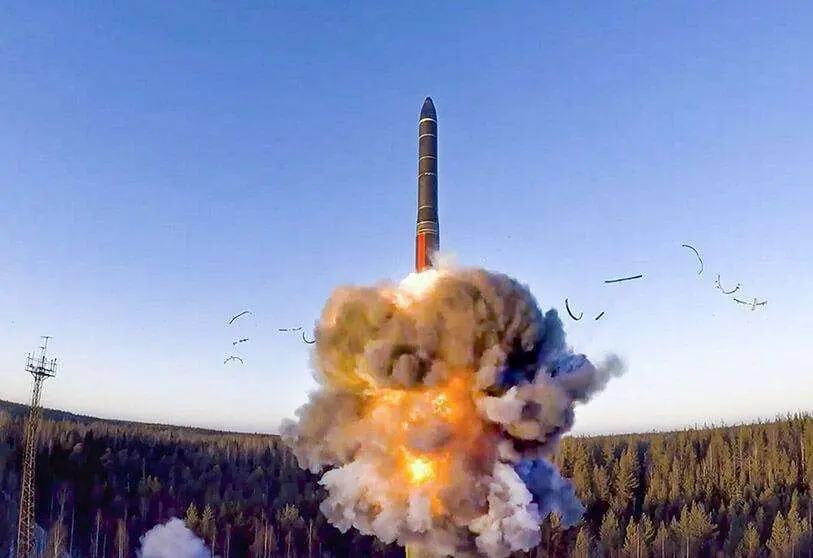Mutually assured destruction

Deterrence is one of the most effective capabilities of nuclear weapons in the hands of the great superpowers because they are all aware of their doctrine: mutually assured destruction. During the Cold War years, the warring blocs developed and modernised their nuclear weapons arsenals. Long-range ballistic missiles capable of carrying several nuclear warheads and capable of being launched from the ground, air or submarine, which are the most dangerous because of their mobility.
The use of nuclear weapons by the United States on the Japanese cities of Hiroshima and Nagasaki demonstrated the terrible destruction involved and its consequences over time with radioactivity wreaking havoc on human beings. Everyone is aware of the devastating effect of nuclear weapons and the risk involved in their use because the doctrine of mutually assured destruction is based on the sufficient time that either nuclear-armed power would have to respond to an attack, so that both sides would annihilate themselves.
The threat posed by nuclear weapons imposed a degree of rationality on the leaders of the United States and the then Soviet Union to reach agreements on control and disarmament after several serious crises such as Cuba and the deployment in Europe. The INF agreements, pushed by Reagan and Gorbachev, and the new Start with Obama and Medvedev, represented a huge easing of arms tensions. The fall of the Soviet Union brought the new challenge of controlling the remaining arsenals in some republics and, above all, preventing them from falling into the hands of dangerous governments or terrorist or organised crime groups.
The honeymoon of understanding and collaboration for stability and security in the world has had its ups and downs with North Korea and Iran, radical regimes that are striving for nuclear weapons, and ended in 2014 with the crisis in Ukraine. Putin decided to regain Russia's lost ground and embarked on a new race to modernise its arsenals, including tactical nuclear weapons. That is, weapons with a payload of between half a kiloton and one kiloton (those used in Japan were between 18 and 20 kilotons) with more limited effects, but always with a high capacity for destruction and the permanence of radioactivity for many years. Moscow has been threatening these weapons since the beginning of the invasion of Ukraine and now announces their deployment in Belarus. The risk is very high. The decision may be due to the Chinese-driven peace plan, but it denotes weakness on the part of Russian troops unable to take the town of Bakhmut, as an example of their poor.

